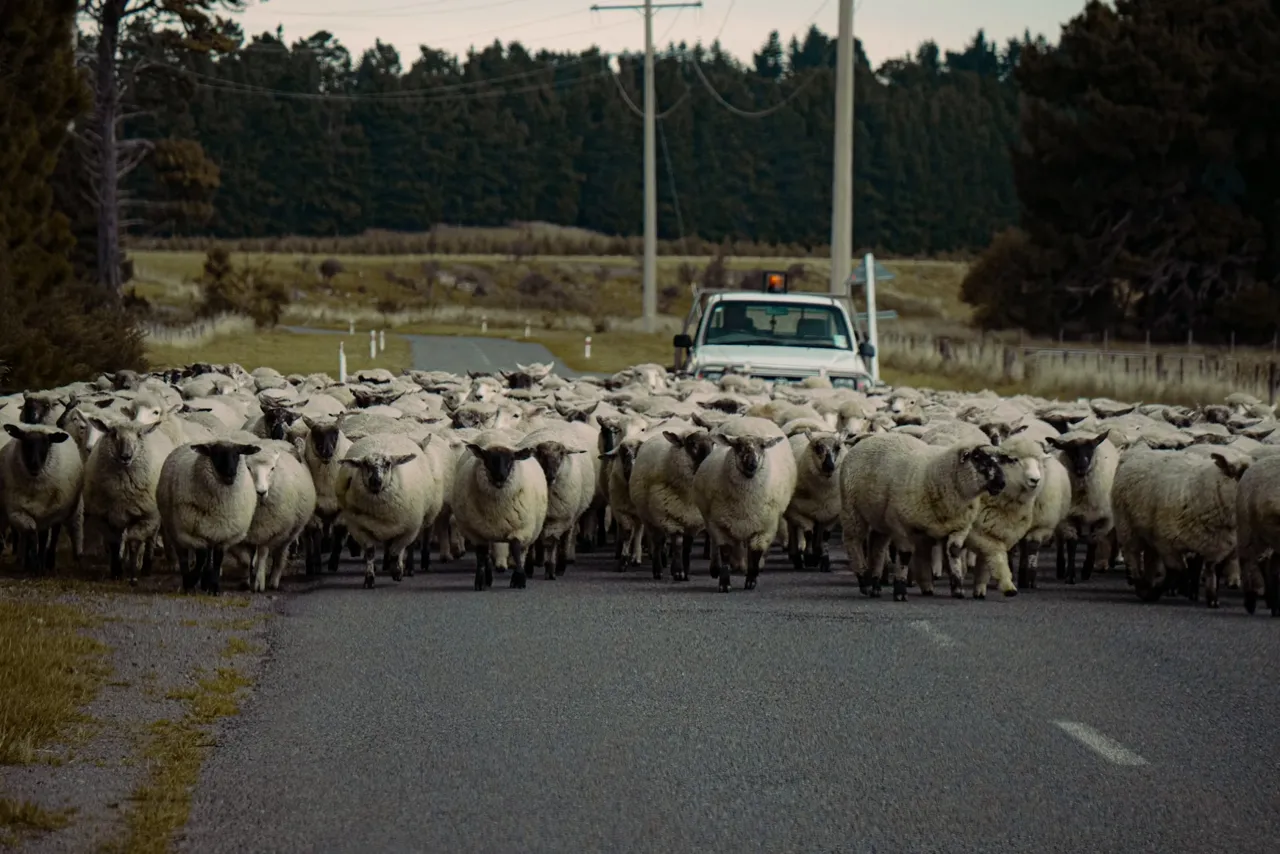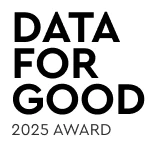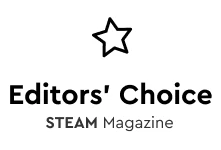Nudge, Don’t Push
Most ad campaigns fail because designers forget what it feels like to be human.
We rarely realize when we’re being guided, only when we’re being pushed. The average person sees more than six thousand brand messages a day and remembers almost none. Most fail because they push too hard. People turn away not from being influenced, but from being controlled.

No pressure
A nudge is a small cue that makes the right action feel natural. When the British tax office added one sentence to its payment letters – “Nine out of ten people in your area have already paid” – compliance rose by fifteen percent. No tricks, no slogans, just a shift in context.
Subtle adjustments often change behavior more than pressure ever could.
- Google increased sign-ups by ten percent by removing one field from its checkout form
- A hotel boosted towel reuse by twenty-six percent using social proof instead of guilt
- A bank raised savings deposits forty percent by letting users name their goals
Countdowns, flashing banners, and “last chance” labels have trained consumers to doubt every promise. Over seventy percent now say that “limited offer” messages make them less likely to buy. Short bursts of urgency can create clicks, but they erode credibility.
Push long enough and people stop listening.
Design
Good design removes friction before people notice it. The best experiences feel effortless.
- Booking.com cut form abandonment by adding a gentle progress bar that said “You’re 80% done”
- Duolingo keeps users returning through streak reminders that invite rather than scold
When people feel in control, they act faster and remember how it felt.
Best practice
- Support goals that already exist.
Spotify’s “Discover Weekly” helps listeners explore without asking them to decide. - Encourage progress, not pressure.
LinkedIn’s “Profile Strength” bar improved completions by twenty percent through gentle motivation. - Keep choices open.
Netflix’s “Continue Watching” feature invites users back but never insists. - Simplify decisions.
Amazon’s “frequently bought together” suggestions save time rather than sell harder.

Ethics
Ethical nudging is built on transparency. If customers saw how their choices were being guided and still approved, the design has done its job. Hidden pressure leaves a bad aftertaste, visible care earns loyalty.
Ask one question before every campaign: Would I be proud to explain this in person?
Build trust
The best marketing doesn’t feel like marketing at all. It feels like help offered at the right moment. The more brands learn to guide without pressure, the more people can choose without doubt. In the end, a good nudge doesn’t move someone forward, it lets them find their own pace.



